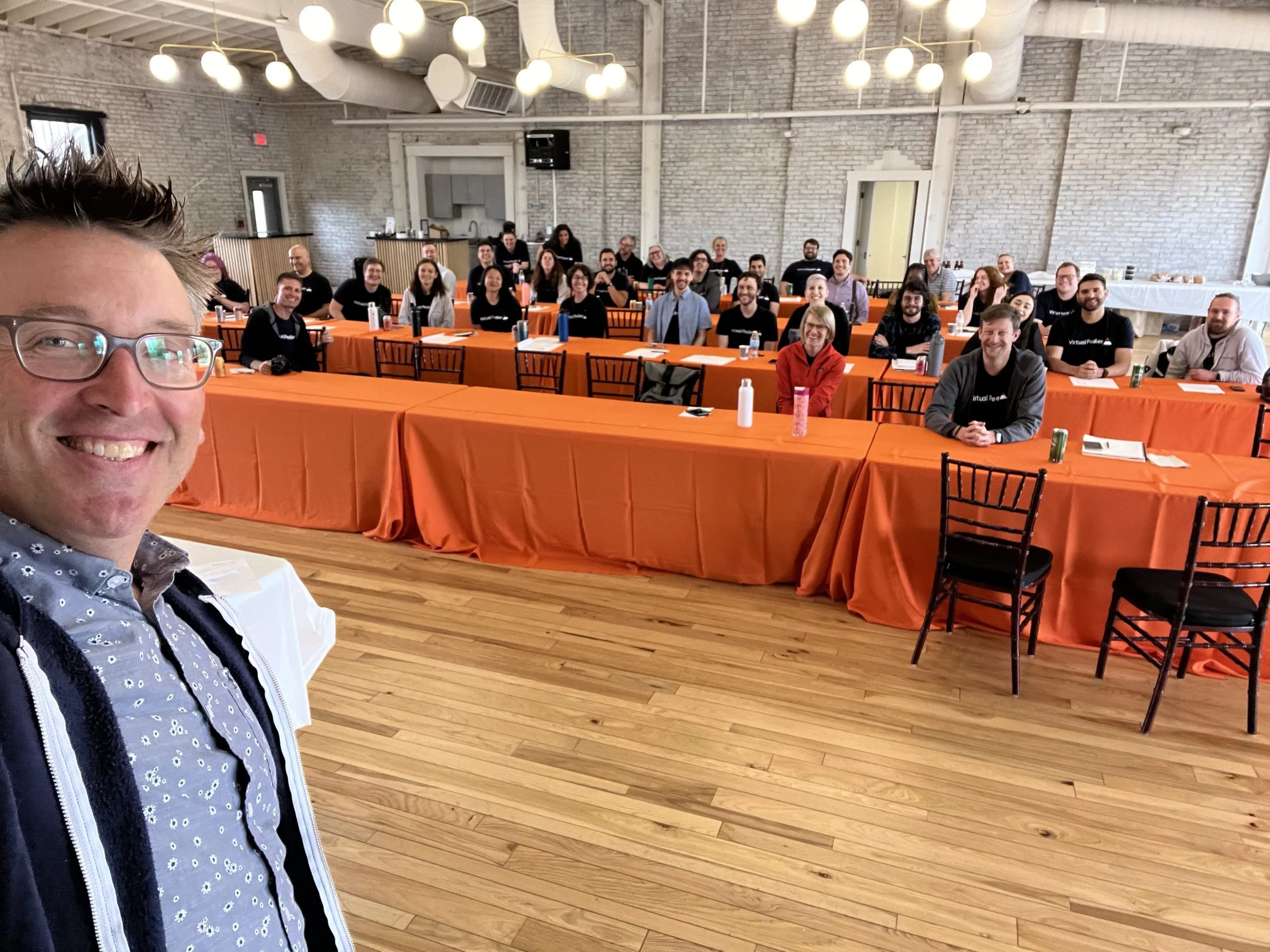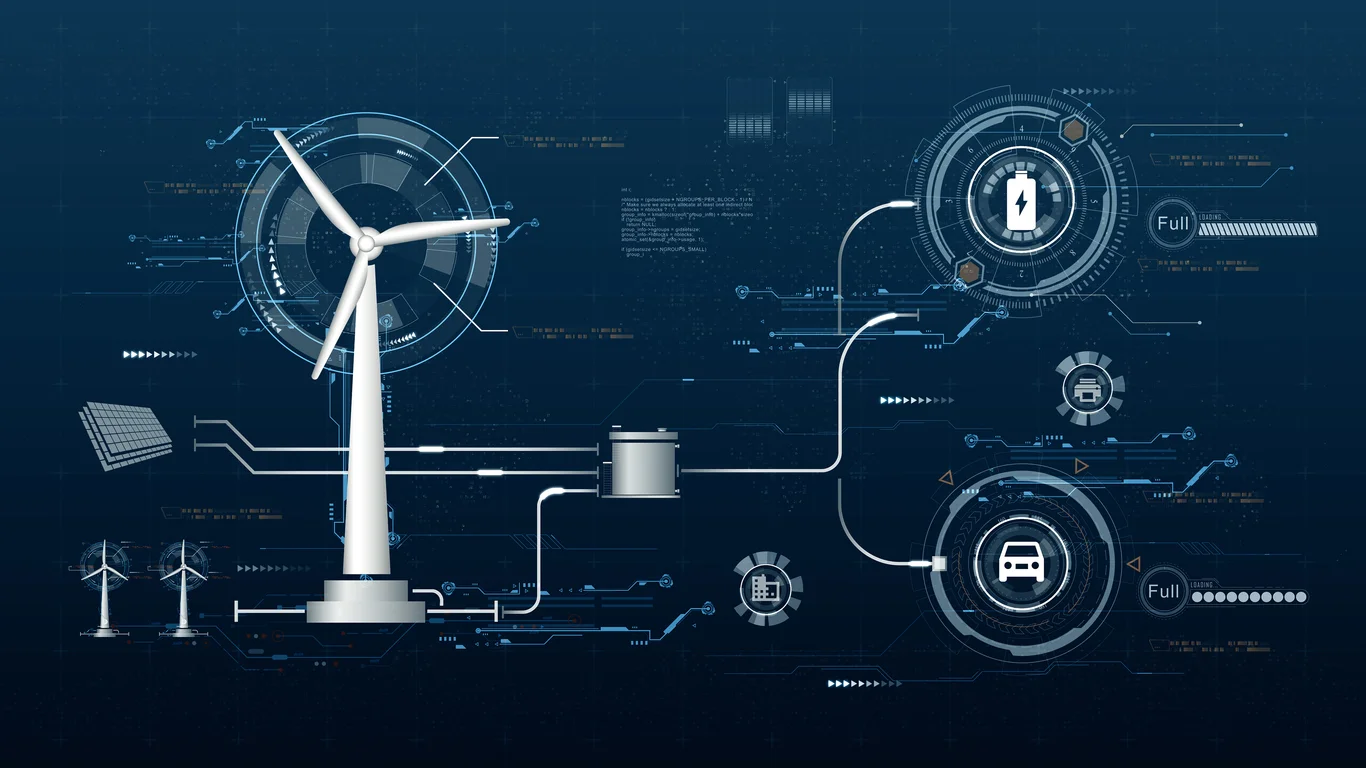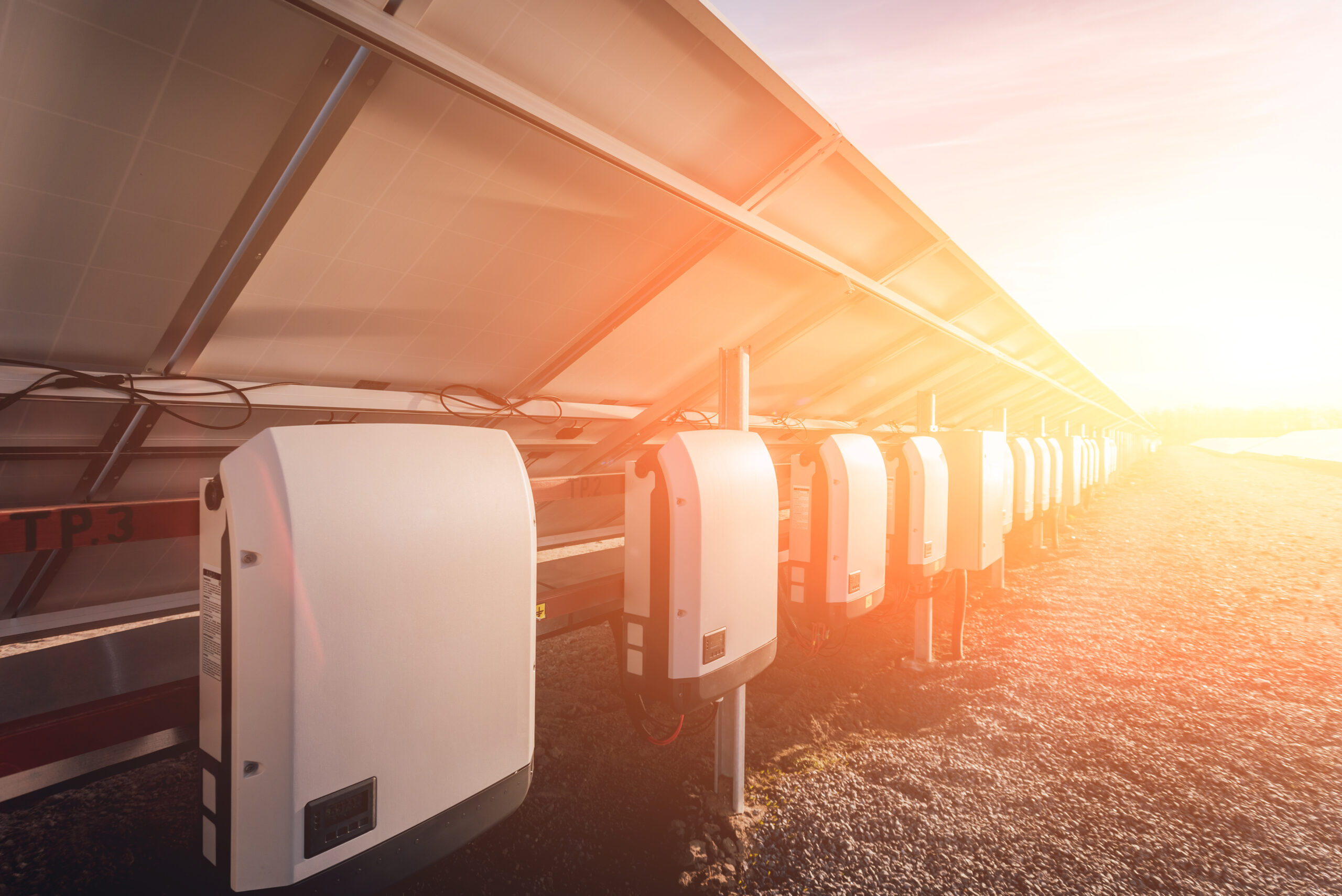Last September, the Department of Energy released an extensive report entitled Pathways to Commercial Liftoff: Virtual Power Plants. As the title suggests, the report is a deep dive into the past, present, and, most importantly, future of virtual power plant deployment in the U.S. Specifically, the report calls for an increase in VPP capacity by 2030 to keep up with anticipated demand, as well as ongoing electrification and decarbonization efforts. As it stands, the distributed energy resource (DER) market is expected to nearly double by 2027, presenting increasing options to utilities to meet demand flexibly while deferring the high costs of infrastructure upgrades.
What Does Virtual Power Plant Mean Today?
It’s worth noting that the DOE defines virtual power plants as any aggregation of distributed energy resources (DERs), including solar, battery storage, electric vehicles (EVs), or smart home devices like thermostats or water heaters through a distributed energy resource management system (DERMS). As such, “virtual power plant” is loosely used to describe numerous demand flexibility initiatives ranging from demand response or EV managed charging to battery BYOD programs and beyond. Because virtual power plants have such a wide array of applications, the strategy provides many paths to load flexibility, especially as combined with targeted dispatch functionality and forecasting, which can help meet specific demand needs at a granular level.
Take Away #1: Virtual Power Plant Capacity Must Double To Meet Demand
First and foremost, effectively doubling the amount of aggregate energy through virtual power plants is necessary to keep pace with erratic weather events, the energy transition away from fossil fuels, and long interconnection backlogs. As such, the DOE report emphasizes that to meet demand, the U.S. must deploy 80-160 GW of virtual power plants by 2030 to keep pace with rapid electrification efforts, while reducing overall grid costs. Currently, the U.S. has between 30-60 GW worth of virtual power plant deployments, primarily through demand response programs.
Take Away #2: Incentivizing Participation & Simplifying Enrollment Are Critical
The DOE report notes that doubling virtual power plant deployments will reduce utility costs for Americans, 1/6th of which are already behind on their electricity bills. High bills are a growing concern for customers and have already impacted customer satisfaction scores for utilities around the country. Irrespective of which program or grouping of demand flexibility programs are used to meet demand, good customer service yields higher profits. Furthermore, all virtual power plant initiatives thrive the more participants are involved, and incentivizing participation and simplifying enrollment are critical steps on this path.
– Dr. William Burke, Founder & CEO, Virtual Peaker
To enhance customer participation and enrollment, develop a relationship with your customer base. Find incentives like billing credits or device rebates that will encourage participation. According to the 2023 J.D. Power Electric Utility Business Customer Satisfaction Study, utility customers want transparency from their utility. Furthermore, they want to know that their utility is taking steps to mitigate climate change. Fortunately, customer engagement automation tools are an effective way to develop a rapport with your customers while educating them on their opportunities.
Take Away #3: Easier Regulatory Paths Are Necessary
The regulatory path is long and often winding, causing complications ranging from decarbonization goals to years-long interconnection queues. While these objectives are admirable, they present a challenge to utilities to meet rising demand with decreasing fossil fuel resources. The DOE virtual power plant report enumerates how various demand flexibility problems ameliorate some of these concerns by sidestepping the need for new infrastructure, and using flexible energy assets to meet needs where and when possible.
These challenges are a two-way street, however, between regulators and utilities. The DOE report notes that legislation is useful in establishing regulation. They note, “State legislators can consider mandating integrated distribution system planning. Where not already in place, states can consider requiring utility planning practices that address state goals (including decarbonization, resilience, and equity).”
Take Away #4: Increase Standardization in VPPs
Since the concept was initially presented, virtual power plant technologies have held an aspirational role as a strategic opportunity in the energy sector. Used in the DOE report as a catchall for any demand flexibility program, virtual power plants represent an unpredictable asset for utility program managers. At the moment, there is around 30-60 GW of virtual power plant capacity in the U.S., and to meet the 80-160 GW requirements that the report expresses, removing the uncertainty from virtual power plants is critical to operationalizing distributed energy resources (DERs).
Already, many utilities agree that VPP standardization is critical to increasing renewable energy deployments. Does Virtual Peaker have a reliable virtual power plant solution on the horizon? Watch for us on May 7 to learn more!
Take Away #5: Move VPPS Into Wholesale Markets
Comparable to operationalizing distributed energy strategies, implementing FERC Order 2222, a lengthy administrative process already, to shift virtual power plant capacity into wholesale markets is critical. Each existing market has a constellation of rules and regulations that determine how, when, and if virtual power plants meet the minimum requirements for use in the lucrative wholesale market. The competitive wholesale markets are a proving ground for integrating new technologies, increasing transparency, and harnessing forces over broad geographic regions that improve customer access to renewable energy while replacing fossil fuels as an economic driver.
DOE Virtual Power Plant Report Conclusion
Virtual power plants have transformed from exciting renewable energy strategies, to demand flexibility program reality. Taking the lessons gathered by the DOE will revolutionize energy management by creating and fostering a grid that privileges load flexibility without leaving any customers behind.





